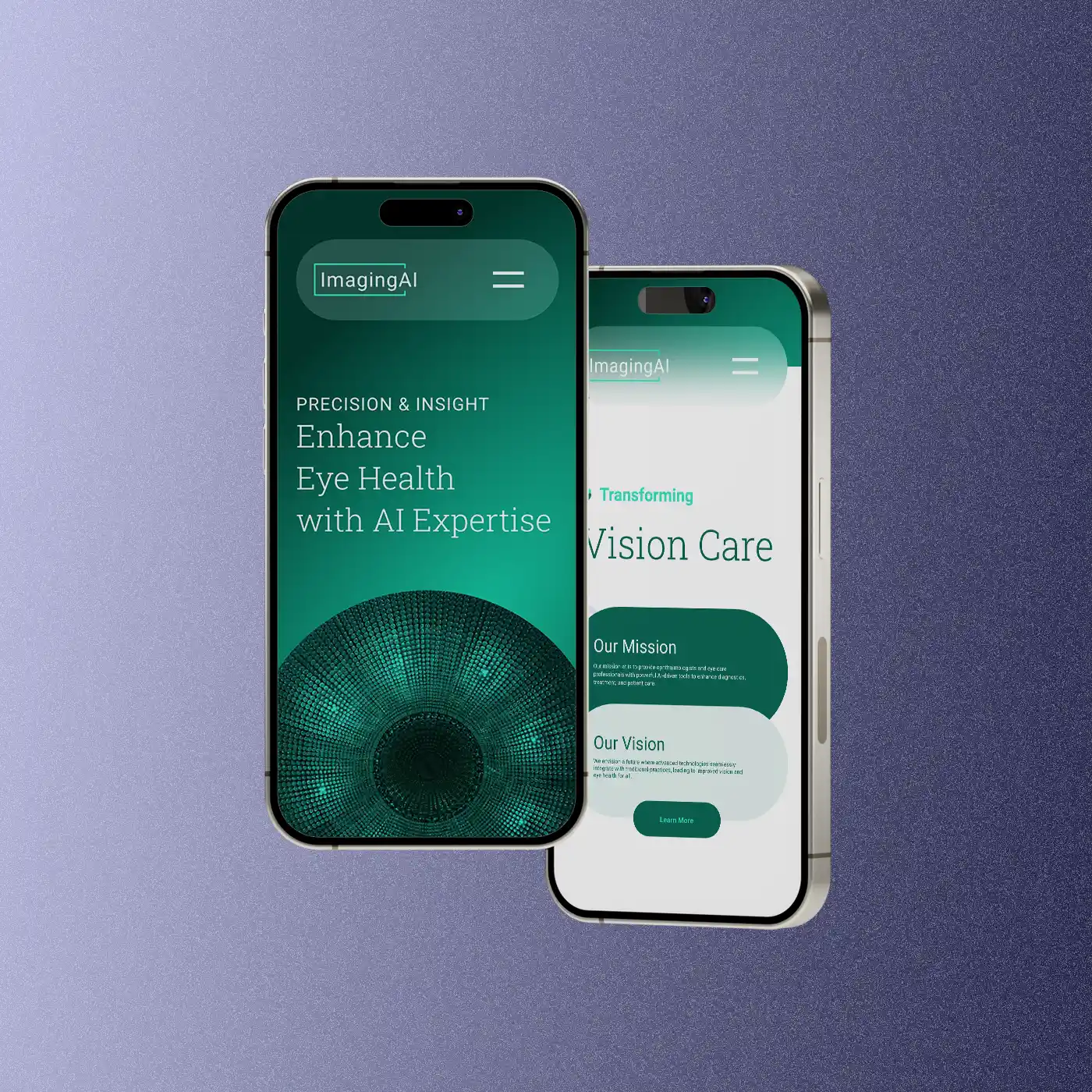Design Language System: The Role, Build and Implementation
A Design Language System comprises multiple interconnected parts, including visual design principles, user interface components, interaction patterns, and UX guidelines. Building a Design Language requires careful planning, iterative designing, and thorough testing.

Here are the key steps:
- Establish Design Principles
Design principles act as the foundation for design language systems. They embody the brand’s core values and guide the design decisions. Additionally, they play a significance in user-centric design. For instance, Google’s Material Design principles include “Material is the metaphor,” “Bold, graphic, intentional,” and “Motion provides meaning.”
- Develop a Visual Style Guide
The visual style guide is a comprehensive manual for the brand’s visual identity, including color palettes, typography, iconography, grids, and spacing. This guide ensures consistency in how the brand appears across different platforms.
- Create a UI Component Library
The UI component library is a collection of reusable UI elements, such as buttons, form fields, navigation bars, tooltips, and more. These elements are designed to be used across different parts of the product, promoting consistency and efficiency.
- Define Interaction Patterns
Interaction patterns dictate how users interact with your product. They include guidelines for navigation, data input, error handling, feedback, and more. Consistent interaction patterns help users predict how the system will behave, thereby improving usability.
- Document UX Guidelines
UX guidelines provide best practices for designing user-centric experiences. They often encompass topics like accessibility, usability, information architecture, and user research.
- Build and Test Prototypes
Once the design language components are defined, designers build prototypes to test their effectiveness. Prototypes can be as simple as paper sketches or as complex as interactive digital models. User testing and iterative refinement are essential to ensure the DLS works as intended.
- Implementation and Maintenance
After rigorous testing, the design language system is implemented across the product range. However, a design language is not a “set it and forget it” solution. As the brand evolves, the design language system must be regularly reviewed and updated to ensure it continues to serve the brand’s needs.
- Education and Adoption
For a design language system to be effective, everyone involved in the product development – from designers and developers to product managers – must understand and adopt it. Providing training and comprehensive documentation can facilitate this process.
Creating a design language is a significant undertaking, but the benefits in terms of consistency, efficiency, and usability are well worth the effort. A well-crafted design language system is an invaluable asset that strengthens the brand’s identity and facilitates a superior user experience design.

The Imperative of Creating Design Language Systems for Brands and Products
Designing for the digital realm is a challenging endeavor that needs a strategic approach to achieve consistency, efficiency, and seamless user experiences. One crucial strategy is the creation and implementation of a design language system for brands and products. This approach has profound implications for user interface (UI) design and human-computer interaction (HCI).
A Design Language System is a collection of design principles and a comprehensive set of components that help design and build digital interfaces. By establishing a common visual language, designers ensure brand consistency and create an intuitive, user-friendly experience across multiple platforms.
Why Design Language Systems are Needed
Consistency is the key to successful branding. A well-designed design language ensures that every element, from the color palette to the typography, aligns with the brand’s identity. This consistency reinforces the brand message and contributes to a familiar user experience across all platforms and devices— as has been confirmed using data-driven design breakdown. Users should feel at home whether they’re using a mobile app, a web platform, or a wearable device. The more predictable the interface, the more comfortable users will interact with it.
Design language systems bring uniformity and streamline the design process. Instead of starting from scratch for every new project, designers can rely on a robust system of components and styles that can be reused and combined in numerous ways. This efficiency reduces time to market, decreases workload, and allows designers to focus on problem-solving and innovation.
Brands grow, and their digital products must grow with them. A well-structured design language system ensures scalability by allowing new components and features to be added seamlessly. Designers can expand the system while maintaining consistency and usability, thereby future-proofing the brand’s digital presence.
The UX Perspective: Enhancing User Interfaces and Human-Computer Interactions
User Experience (UX) design revolves around optimizing products to provide effective, enjoyable interactions for users. Incorporating a design language system can dramatically enhance these experiences.
A consistent, predictable interface directly contributes to usability. Users learn to associate specific colors, shapes, and symbols with certain actions, reducing the cognitive load and making the interface easier to navigate. Furthermore, a design language system often incorporates accessibility guidelines, ensuring that digital products are usable by people with varying abilities, thereby expanding the brand’s reach and inclusivity.
With consistency comes familiarity. When brands use the same design language across different products, users can transfer their knowledge from one product to another. This transferability results in a faster learning curve and shorter adaptation time when new features or products are introduced.
Good design evokes emotion and a sense of connection. A design language system that aligns with the brand’s values and message can significantly contribute to creating an emotional bond with the users. By offering a seamless, enjoyable user experience, brands can foster loyalty and positive associations.
Creating and implementing a design language system should be seen not asa opulence but as a necessity for brands in the digital era. Developing a design language system ensures brand consistency, boosts efficiency, and enhances scalability while significantly improving the UX through intuitive, accessible, and emotionally resonant interfaces. The importance of a design language is even more pronounced as the complexity of digital products and the diversity of platforms continue to grow. Therefore, designers must incorporate design language into their practice to build successful, user-centered digital experiences.
Next Item
The Anatomy of UX Design

Related Articles
The Importance of Grids in Design
July 12, 2024
Design Systems and AI Technology
April 9, 2024


